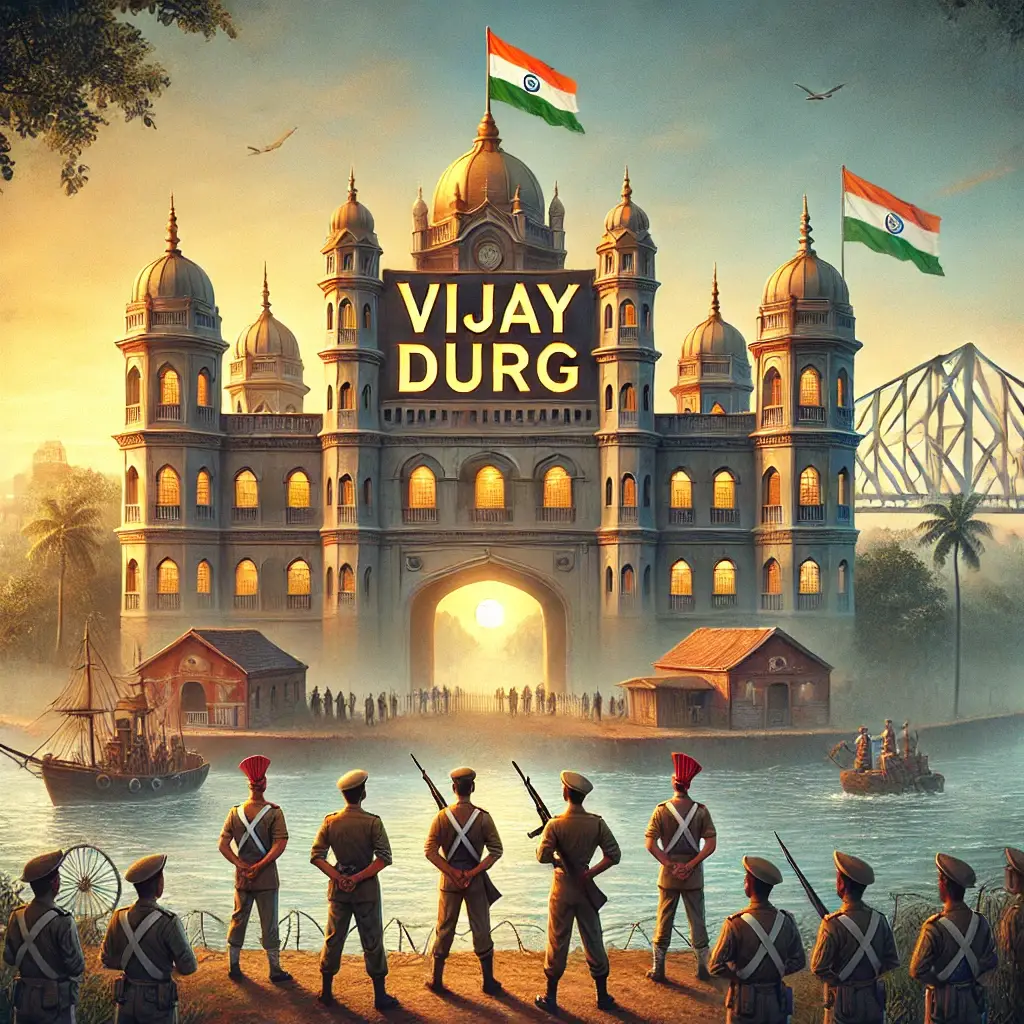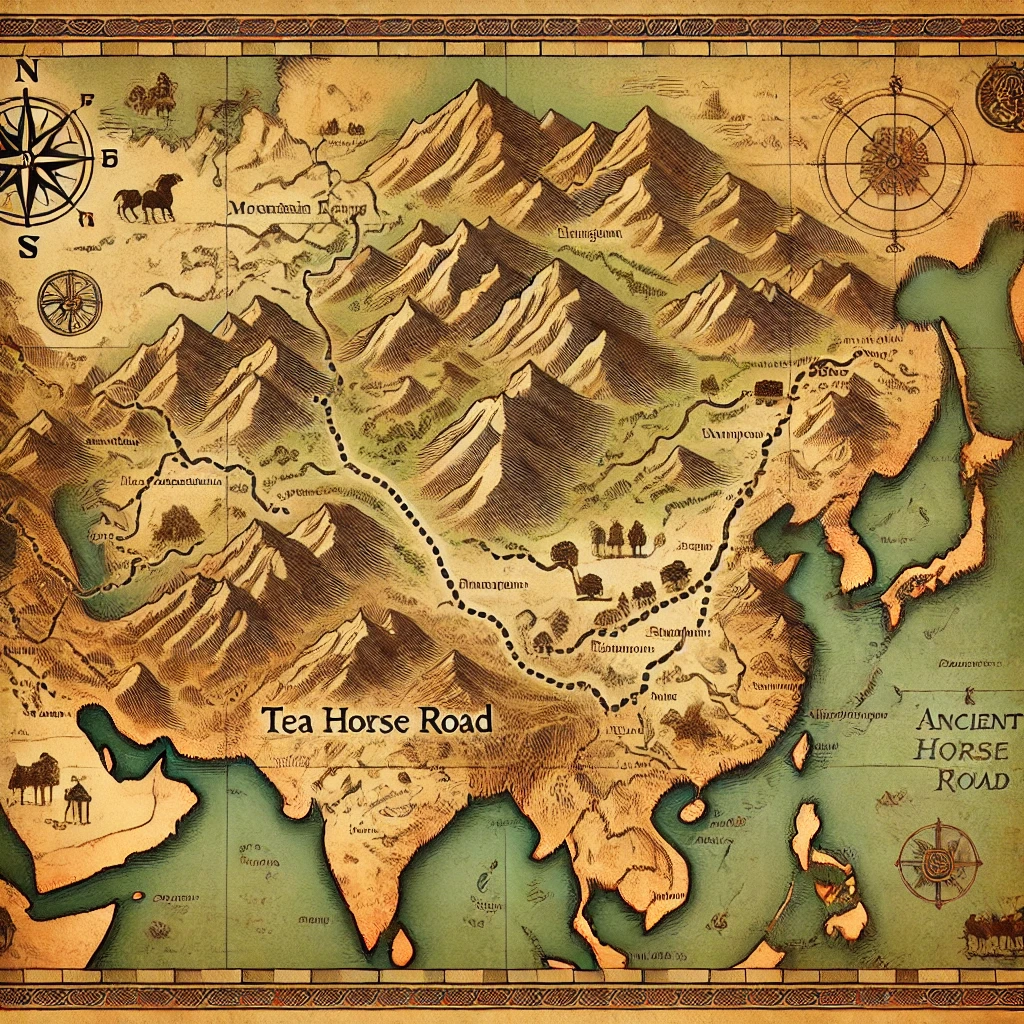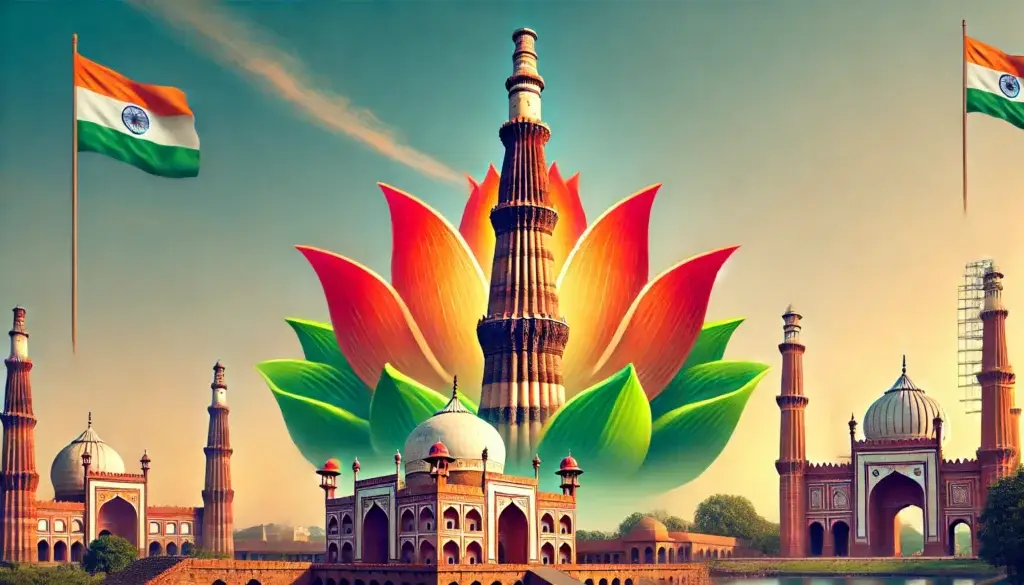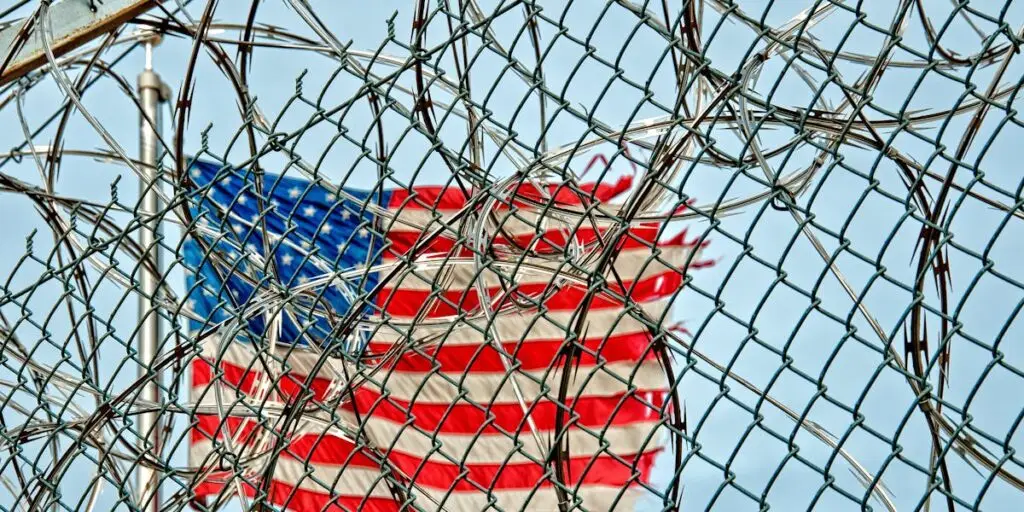Introduction
In a significant move to shed colonial influences from India’s armed forces, Fort William, the headquarters of the Eastern Command of the Indian Army in Kolkata, has been renamed Vijay Durg. This change aligns with ongoing efforts to restore India’s historical and cultural identity, honoring indigenous heroes and fortifications that played a key role in India’s military history. The renaming of Fort William draws inspiration from Vijaydurg Fort in Maharashtra, which was a strategic naval base for the Marathas under Chhatrapati Shivaji Maharaj.
Alongside this renaming, other notable changes include:
– Kitchener House inside the fort being renamed Manekshaw House (in honor of Field Marshal Sam Manekshaw).
– The South Gate of the fort being renamed Shivaji Gate, paying tribute to one of India’s greatest military leaders.
These modifications reflect India’s growing commitment to moving away from colonial legacies and embracing a national identity rooted in its rich historical past.
—
A Glimpse into Fort William’s History
Fort William is one of the most historically significant military installations in India. Located on the eastern bank of the Hooghly River in Kolkata, it has witnessed some of the most defining moments of India’s colonial past and military evolution.
1. The Original Fort (1696-1757)
– The British East India Company built the first Fort William in 1696 to protect its growing commercial interests in Bengal.
– By 1700, it was officially named Fort William after King William III of England.
– The original fort was a two-storied brick structure but was found to be inadequate for British defense.
2. Transformation Post-Plassey (1757-1781)
– After the Battle of Plassey (1757), the British decided to construct a stronger fort, fearing another military attack.
– Robert Clive initiated construction in 1758, and the new Fort William was completed in 1781.
– The fort played a key role in British military operations and became a symbol of British dominance in India.
3. Post-Independence Role (1947-Present)
– After India’s independence in 1947, Fort William became the headquarters of the Eastern Command of the Indian Army.
– Over time, it underwent modernization, but it remained off-limits to civilians due to its strategic military importance.
– The fort houses notable landmarks like the Ball Tower (a former communication system) and Vijay Smarak (a war memorial dedicated to fallen soldiers).
—
Significance of the Renaming to Vijay Durg
The renaming of Fort William to Vijay Durg reflects a larger movement towards reclaiming India’s historical heritage by replacing colonial-era symbols with those rooted in India’s own military traditions.
– Why Vijay Durg?
– Vijaydurg Fort in Maharashtra was one of Shivaji Maharaj’s most important naval bases.
– It played a key role in defending the Maratha coastline against foreign invasions.
– Naming Fort William as Vijay Durg pays tribute to India’s indigenous military strength.
– Renaming Kitchener House to Manekshaw House
– Lord Kitchener was a British military officer, and his legacy in India represents colonial-era military dominance.
– Sam Manekshaw, on the other hand, was India’s first Field Marshal, known for leading India to victory in the 1971 Indo-Pak War.
– The renaming recognizes India’s post-independence military leadership.
– Renaming the South Gate as Shivaji Gate
– Chhatrapati Shivaji Maharaj was one of India’s greatest military strategists, known for his fort-based warfare and naval defense system.
– The renaming honors his legacy and reminds the military of India’s own rich traditions of warfare and fortification.
—
Recent Military Reforms Towards Indianization
The renaming of Fort William is part of a broader effort by the Indian government to decolonize the armed forces. Recent initiatives include:
1. Changing the Indian Naval Ensign (2022)
– In September 2022, the Indian Navy removed the colonial Saint George’s Cross from its ensign.
– The new naval ensign is inspired by the Maratha Navy’s seal, reflecting India’s maritime heritage.
2. Indianizing the Beating Retreat Ceremony
– The Beating Retreat Ceremony, a tradition held annually in Delhi, was modified to replace colonial British compositions with Indian musical tunes.
– Patriotic songs like “Aye Mere Watan Ke Logon” have now become part of the ceremony.
3. Modernizing India’s Defense Infrastructure
– Efforts are being made to rename, restructure, and modernize India’s military institutions.
– The focus is on adopting indigenous technologies and military strategies instead of continuing British-era traditions.
—
Conclusion
The renaming of Fort William to Vijay Durg is a symbolic yet significant step in India’s journey to reclaim its historical and cultural identity. It honors India’s own military traditions rather than continuing British colonial legacies. Along with other reforms like revamping the Indian naval ensign and modifying ceremonial traditions, this initiative reflects a broader vision of making India’s military institutions truly Indian.
As India moves forward, it is essential to remember and celebrate its rich historical past, ensuring that future generations learn from and take pride in their indigenous heritage and achievements.
—





